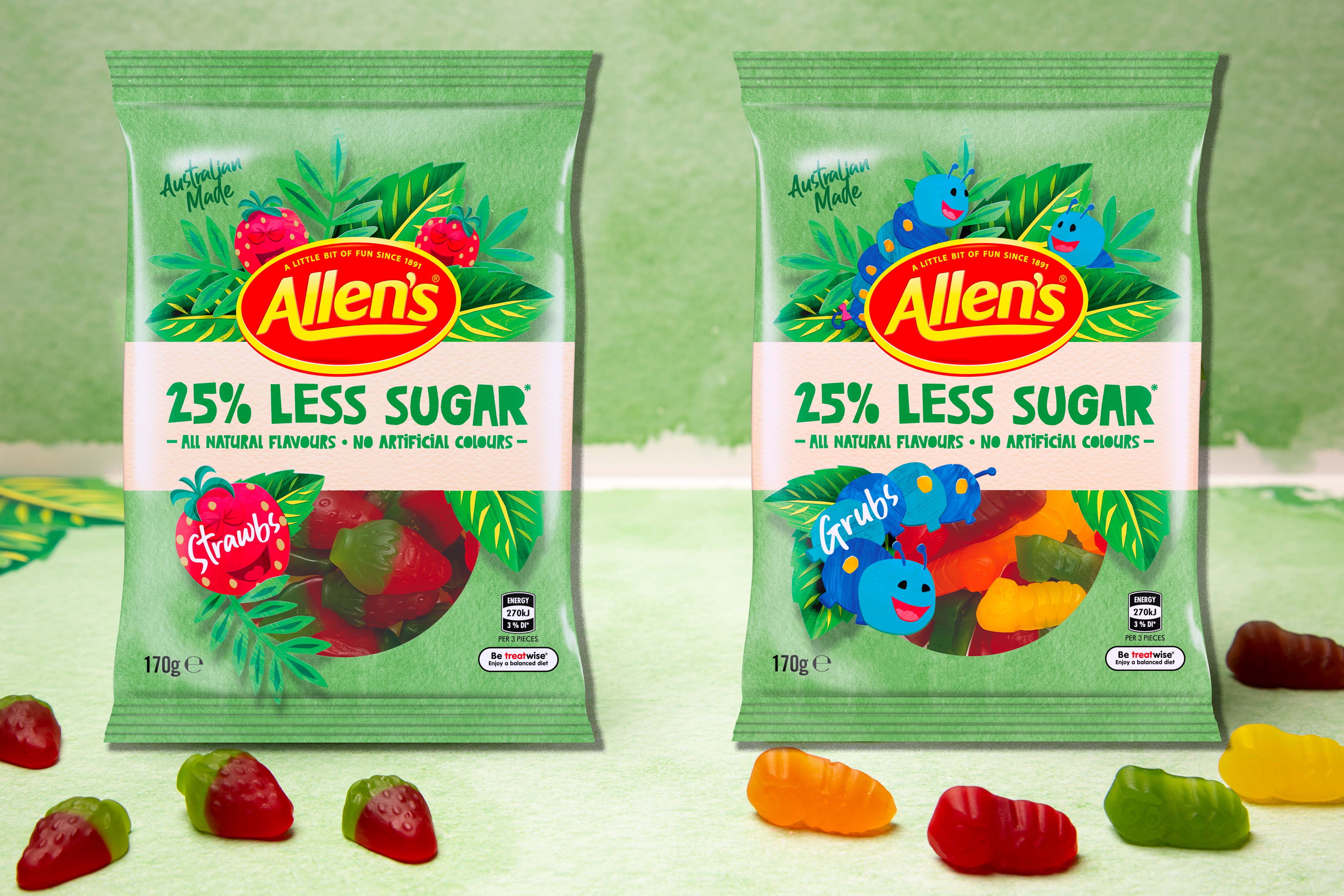By 2023, the protein bar market in the Middle East and Africa (MEA) region is predicted to grow at a CAGR of 7.9%, overtaking North America’s 5.8%.
However, most protein bars available in the Middle East are imported, according to Arla Foods Ingredients’ Joe Katterfield, business development manager EMEA, who spoke at Yummex Middle East, held in conjunction with Gulfood Manufacturing in Dubai.
“Quest (USA) holds the largest market share in UAE at 57.2% in 2018. Other companies like Multipower (Germany), Labrada (USA) are also prominent,” he added.
He said there was a huge opportunity for local players to capitalise on this rising trend in the region.
Protein consumer trend
Katterfield observed: “In the past decade, one of the most important food trends was the rising popularity of high protein foods where they were associated with a feeling of satiety.”
He explained these foods were perceived by consumers as an effective way to curb hunger, prevent overeating, and weight gain.
As consumer lifestyles become busier and meal times became less-structured, time was seen as an important asset.
Katterfield added: “Consumers are willing to spend money to save time. High consumer interest in convenient, healthier foods has brought a premium opportunity to snacking occasions.”
He said proteins bars had been a key beneficiary of this trend, balancing convenience and portability, with a relatively healthy image due to the high protein content.
Market value
He cited Euromonitor International data, which reported that North America remained the largest market value for protein bars at EUR3.4bn (US$3.8bn) in 2018, and enjoyed a CAGR of 12.8% from 2014 to 2018.
Europe and Asia Pacific were the next two biggest markets.
Katterfield said while the MEA region was currently of the lowest market value at EUR27m (US$30m) in 2018, it grew at a CAGR of 12.5%, about the same rate as North America.
However, Euromonitor has predicted by 2023, North America’s CAGR will be reduced to 5.9%, although it would still remain the largest market.
The MEA region is estimated to be valued at EUR 41m (US$46m) by 2023, and to experience a CAGR of 7.9%.
Within Middle Eastern countries, Turkey would grow the fastest at a CAGR of 22% from 2018 to 2022, followed by Saudi Arabia, UAE, and Egypt.
Flavour trends
In terms of flavours, Katterfield said chocolate flavoured protein bars dominated new product launches globally, with consumers seeing them as healthier alternatives to confectionery.
The other popular flavours globally were nuts, berries, and caramel.
He said for protein bars to find success in the Middle East market, the flavours would have to be adjusted to local tastes.
Protein source trends
In terms of protein sources, milk protein (from dairy) appeared to be the most common protein source used in protein bars globally, followed by soy protein (plant-based).
The number of protein bars launched containing milk protein reached 800 in 2018, compared to just 300 products in 2016.
Katterfield explained that dairy was the most common protein source because of its nutritional quality, taste and excellent functionality of the ingredient.
Another protein, which was increasingly gaining popularity was collagen, which he pointed out it was found in fewer than 100 products in 2016, but increased to 300 products in 2018.




